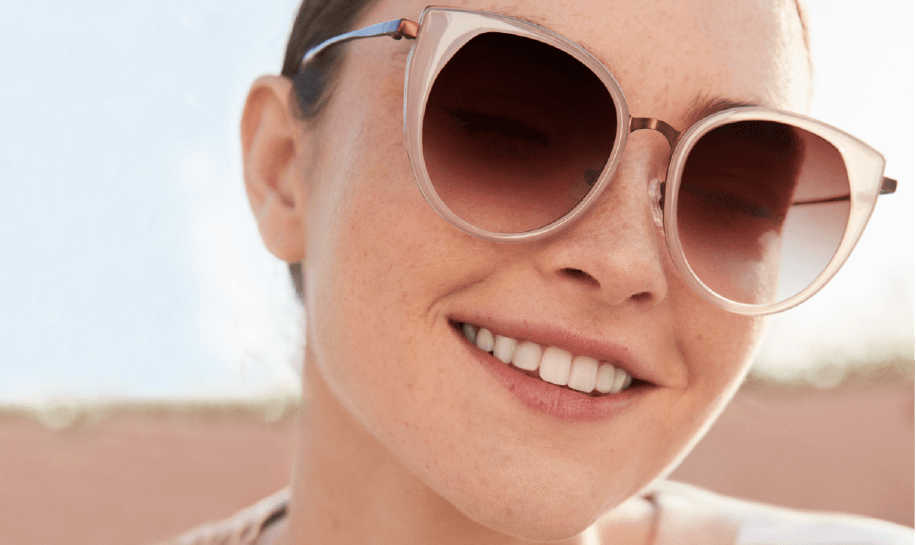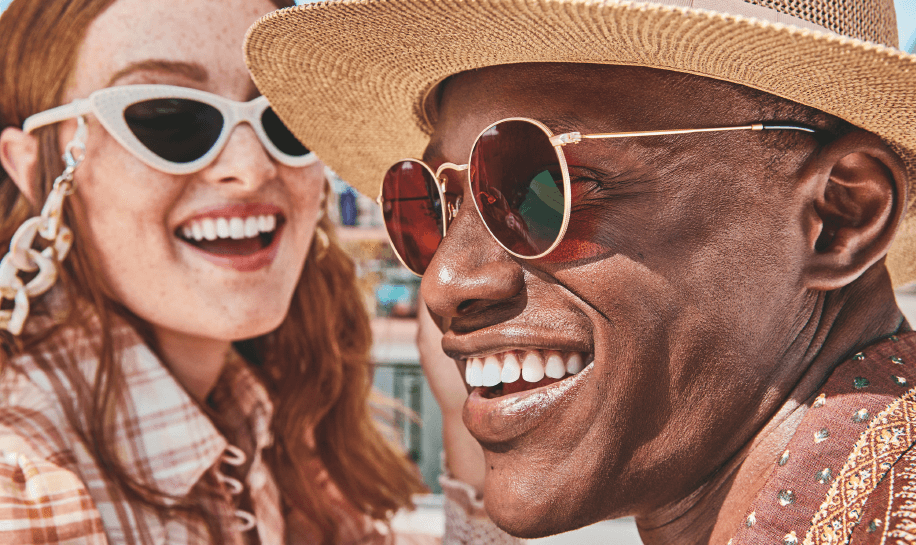Protect your Eyes from the Sun!

How can you protect your eyes from the sun’s UV rays?
Excessive UV radiation from the sun can be harmful leading to sunburns, skin aging, eye damage, and skin cancer.
Here are 5 tips to protect your eyes from the sun’s UV rays:
- Limit time in the sun (especially between 10 am and 4 pm).
- Do not sunburn and seek shade.
- Monitor the UV index when planning outdoor activities.
- Always wear sunscreen.
- Wear protective clothing.
For example, hats offer great sun protection!
Also, invest in a brand-new pair of sunglasses, including Transitions® sunglasses!

Zenni Sunglasses will provide UV protection, greatly reducing sun exposure damage to your eyes. You can turn almost any Zenni fame into sunglasses and choose from over 20 tints and mirror finishes.
At Zenni, we also offer Blokz Sunglasses that protect your eyes from UV rays and blue light.
In addition, our Polarized lenses reduce glare for improved clarity.

Don’t forget to check out our latest sunglass offering …. Transitions® XTRActive Polarized™ lenses that are uniquely designed to provide extra protection from reflective glare while also darkening in your car. Transitions XTRActive Polarized lenses block 100% UV light and filter harmful blue light.*
*Transitions Signature GEN 8 lenses block at least 20% of harmful blue light indoors and over 87% of harmful blue light outdoors. Transitions XTRActive Polarized lenses block up to 35% of harmful blue light indoors and up to 90% of harmful blue light outdoors. Based on tests across materials on gray lenses @ 23°C. “Harmful blue light” is calculated between 380nm and 460nm.
Need new sunnies? Shop Men’s Sunglasses, Women’s Sunglasses, and Kid’s Sunglasses.
About the Author: Dr. Mori Ahi, O.D.
Dr. Mori has over 10 years of experience in eye care. She earned her undergraduate degree from UCLA and her optometry degree from the New England College of Optometry. She has worked in a variety of eye care settings and is passionate about helping her patients find a great pair of affordable glasses.


 Canada
Canada